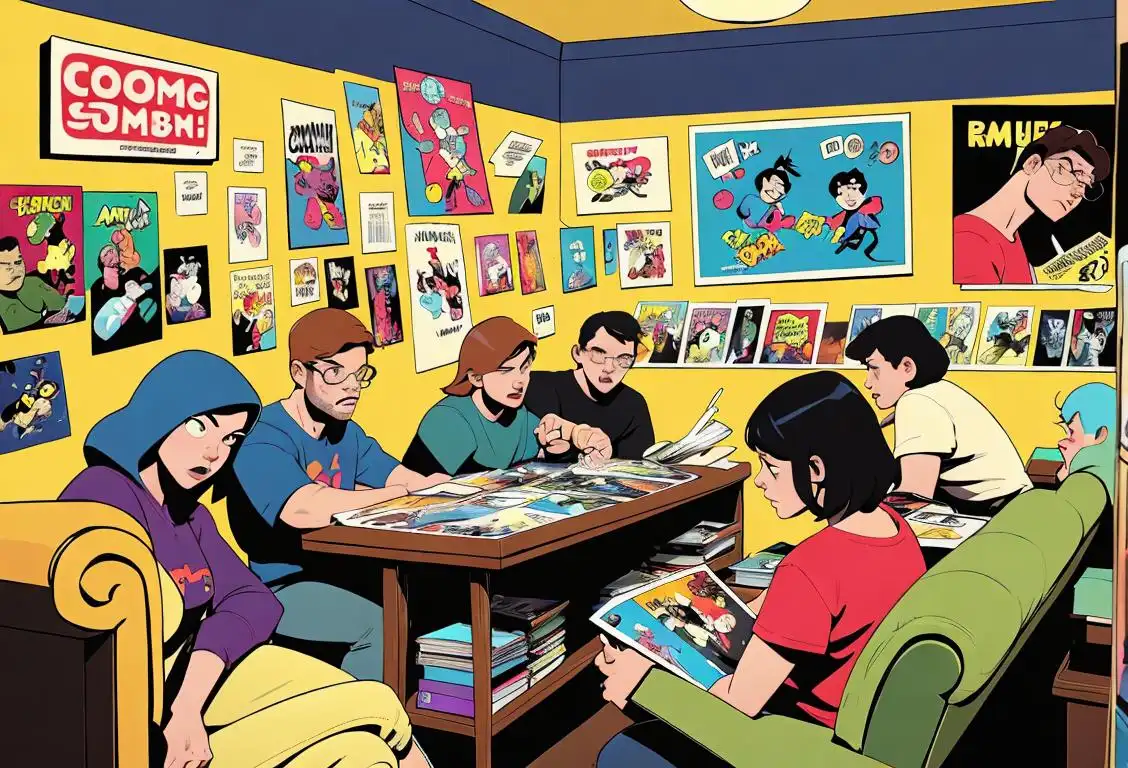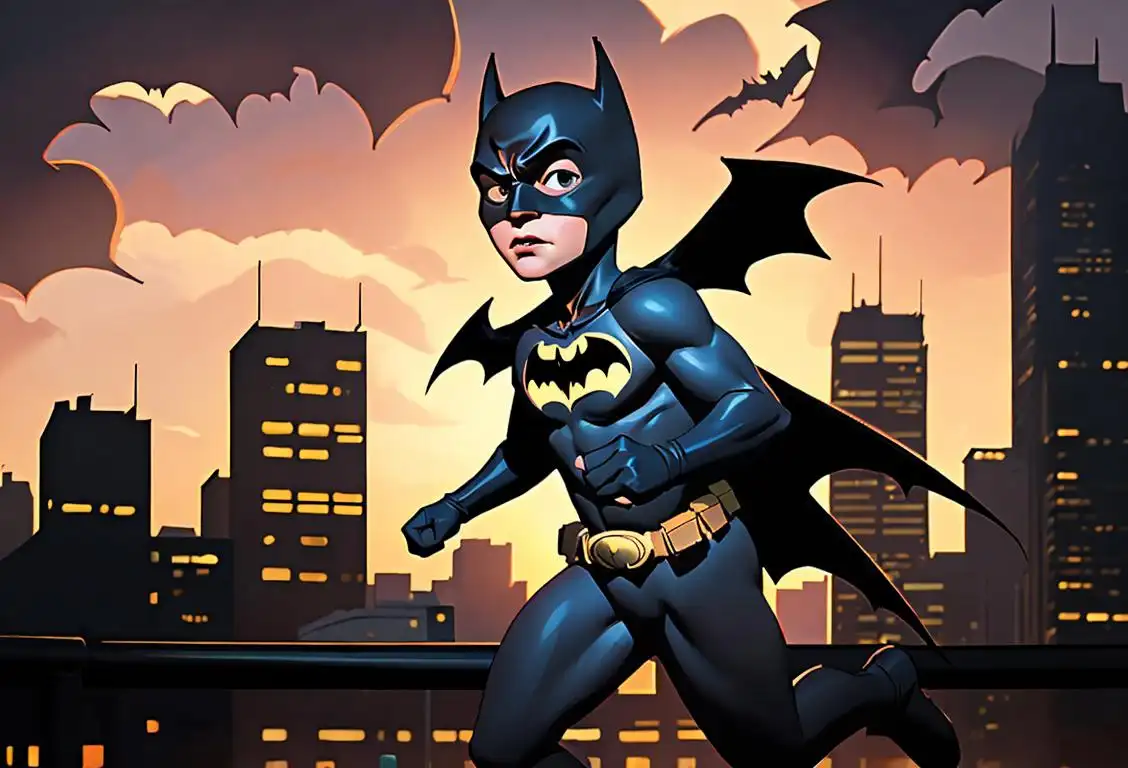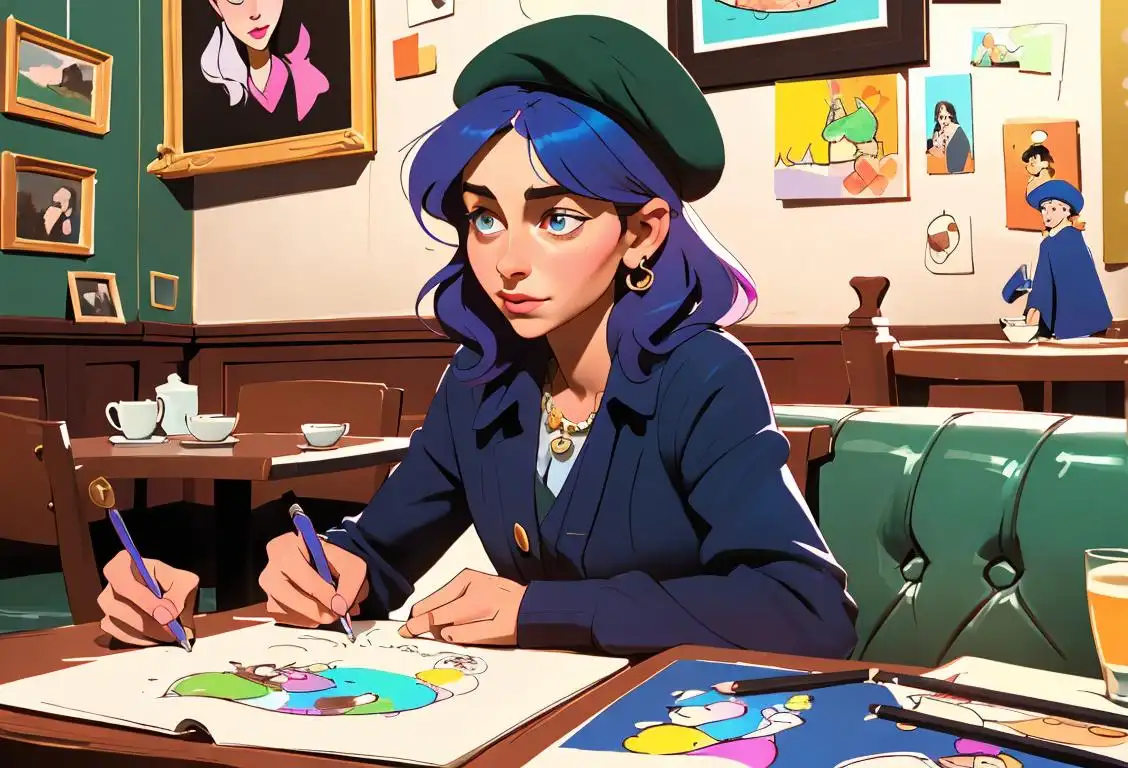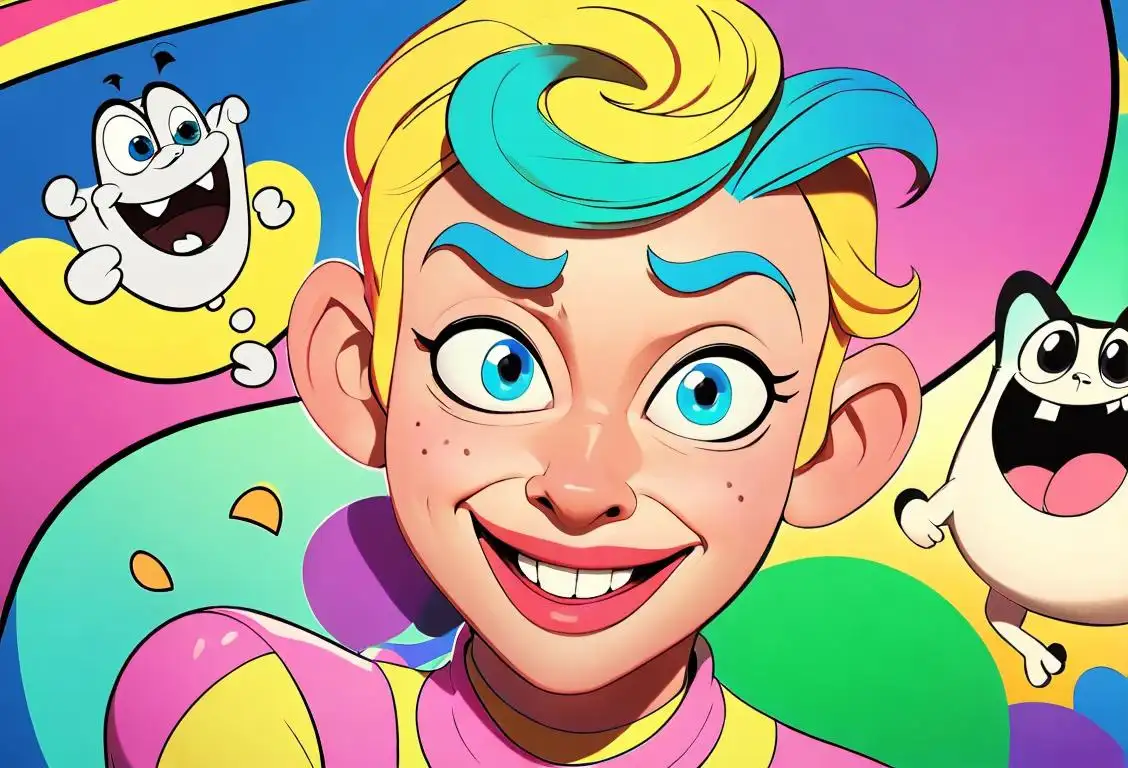National Comics Day

Welcome to National Comics Day! It's a day dedicated to celebrating the colorful and captivating world of comics. Whether you're a superhero fanatic, a manga aficionado, or a fan of classic newspaper comic strips, National Comics Day is the perfect time to dive into the exciting realm of sequential art. So grab your favorite graphic novel, don your superhero cape, and get ready to immerse yourself in ink and imagination!
When is Comics Day?
It's national comics day on the 25th September.
A Brief History of National Comics Day
Although comics have been around for decades, National Comics Day is a relatively recent addition to the calendar. Its origins can be traced back to the online comic book community, where fans united to celebrate their love for the medium. The first official observance of National Comics Day took place on September 25, 2020, and it has been gaining popularity ever since.
The internet has played a significant role in the growth of National Comics Day. Social media platforms, such as Twitter and Instagram, are flooded with comic book enthusiasts sharing their favorite panels, artwork, and cosplay. It's a day where fans come together to showcase their passion and appreciation for the art form.
Celebrating National Comics Day
There are plenty of ways to celebrate National Comics Day. Here are a few ideas to get you started:
- Visit your local comic book store and discover new titles
- Organize a comic book-themed movie night with friends
- Create your own comic strip or storyboard
- Dress up as your favorite comic book character
- Host a comic book trivia night
The Impact of Comics on Popular Culture
Comics have had an undeniable impact on popular culture. They have introduced iconic characters like Superman, Batman, Wonder Woman, and Spider-Man, who have become household names around the world. The influence of comics can be seen in movies, TV shows, video games, and even fashion.
Comics also tackle a wide range of topics, from fantasy and science fiction to social issues and personal struggles. They provide a unique platform for storytelling and often push boundaries, challenging societal norms and sparking important conversations.
Did You Know?
Did you know that the world's most valuable comic book is Action Comics #1, featuring the first appearance of Superman? It was sold for a whopping $3.2 million in 2014. Talk about a super investment!
History behind the term 'Comics'
1836
The Birth of Comics
The term 'comics' originated in 1836 and was derived from the word 'comic strip,' which referred to a sequence of humorous illustrations with captions. The first known usage of the term was in the British periodical 'The Monthly Magazine' to describe the satirical drawings by Robert Seymour in 'The Pickwick Papers' by Charles Dickens.
100 AD
Ancient Beginnings
Comics have their origins in ancient art forms, with evidence of sequential storytelling found in Egyptian murals and Grecian friezes dating back to around 100 AD. These early artworks utilized a combination of pictures and text to depict narratives.
18th Century
Satirical Prints
In the 18th century, Europe saw the rise of satirical prints which used images and captions to convey political or social messages. British artist William Hogarth's works such as 'A Harlot's Progress' and 'A Rake's Progress' are considered early examples of sequential art.
1895
Comic Strips in Newspapers
In 1895, the term 'comics' began to refer to humorous sequential art featured in newspapers. Richard Outcault's 'The Yellow Kid' is widely recognized as the first successful comic strip and helped popularize the term. 'The Yellow Kid' was a groundbreaking comic strip displayed in color, introducing a new level of visual storytelling and captivating a wide audience.
1837
The Invention of Comic Strips
The term 'comics' originated from the word 'comic strip', which was coined in 1837 by Swiss Rodolphe Töpffer. Töpffer, a teacher and artist, created a series of picture stories titled 'The Adventures of Obadiah Oldbuck' which featured a sequential narrative, setting the foundation for modern comics.
1933
The Advent of Comic Books
In 1933, the first comic book, titled 'Funnies on Parade,' was published by Eastern Color Printing Company. Comic books became an extension of comic strips, allowing for longer and more elaborate narratives. Famous characters like Superman, Batman, and Wonder Woman were introduced in the late 1930s and early 1940s, propelling the popularity of comic books in American culture.
1865
The Yellow Kid
Richard F. Outcault's 'The Yellow Kid' is regarded as the first comic strip character to become a cultural phenomenon. It debuted in 1895 and depicted the life of a mischievous child in a New York City slum. This popular comic strip marked the dawn of the 'Yellow Journalism' era.
1960s
The Pop Art Influence
During the 1960s, the term 'comics' became associated with the Pop Art movement. Artists such as Roy Lichtenstein elevated comic book panel art into fine art by enlarging and reimagining them as paintings. Lichtenstein's iconic 'Whaam!' and 'Drowning Girl' showcased the visual impact and artistic value of comic book imagery, bridging the gap between popular culture and high art.
1980s
Graphic Novels Take Center Stage
In the 1980s, the term 'comics' expanded to include a broader range of storytelling formats, notably 'graphic novels.' Graphic novels, such as Art Spiegelman's 'Maus' and Frank Miller's 'The Dark Knight Returns,' gained critical acclaim and recognition as a legitimate literary form. This recognition helped elevate the perception of comics as a medium capable of profound and complex narratives.
1930s
The Golden Age of Comics
The 1930s witnessed the rise of comic books, leading to the Golden Age of Comics. Pioneering characters like Superman, Batman, and Wonder Woman were introduced, capturing the imagination of readers across America. This era saw the establishment of comic book publishers and the birth of iconic superheroes.
1954
The Comics Code Authority
In response to criticism and concerns over the influence of comics on youth, the Comics Code Authority (CCA) was formed in 1954. The CCA implemented strict guidelines to regulate content, leading to a more sanitized and family-friendly approach in comic book storytelling.
Present
Comics in the Digital Age
Today, the term 'comics' encompasses a vast and diverse industry spanning traditional print publications, webcomics, and digital platforms. The rise of digital technology has facilitated the accessibility and distribution of comics worldwide, allowing creators to experiment with innovative storytelling techniques and reach broader audiences. Comics have become a cultural phenomenon, celebrated through conventions, film adaptations, and a dedicated fan community.
1960s
The Marvel Revolution
The 1960s witnessed a revolution in comic book storytelling with the introduction of complex characters and interconnected narratives by Marvel Comics. Stan Lee, along with artists like Jack Kirby and Steve Ditko, created iconic superheroes like Spider-Man, Hulk, and X-Men, who faced real-world issues and had relatable personalities.
1986
The Dark Knight Returns and Watchmen
1986 saw a shift in perception towards comics as a legitimate art form, thanks to acclaimed works like Frank Miller's 'The Dark Knight Returns' and Alan Moore's 'Watchmen'. These graphic novels explored mature themes, deconstructing the traditional superhero genre and showcasing the storytelling potential of comics.
2000s
Digital Comics and Webcomics
The digital age brought about significant changes in the comic industry. With the advent of digital platforms and devices, comic creators began experimenting with webcomics. Online platforms like Webtoon and Tapas allowed independent artists to reach wider audiences, revolutionizing the accessibility and distribution of comics.
Did you know?
Did you know that the world's most valuable comic book is Action Comics #1, featuring the first appearance of Superman? It was sold for a whopping $3.2 million in 2014. Talk about a super investment!Tagged
fun pop culture artFirst identified
25th September 2015Most mentioned on
25th September 2020Total mentions
18Other days
Comics Day
Batman Day
Batik Day
Mean Girls Day
Rubber Ducky Day
Coloring Book Day
Doodle Day
Star Wars Day
Talk Like A Pirate Day
Cartoonist Day








